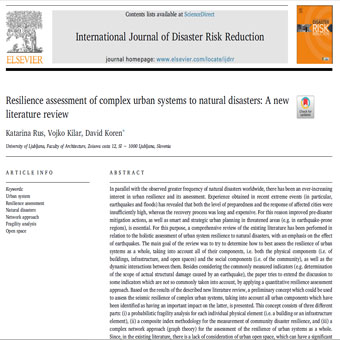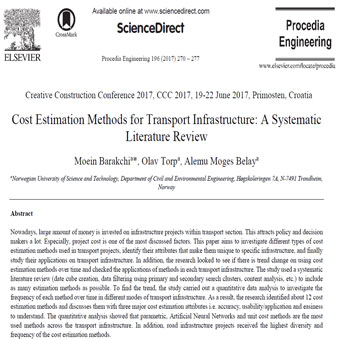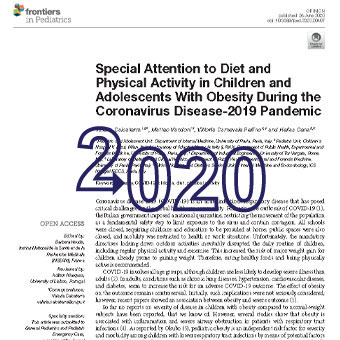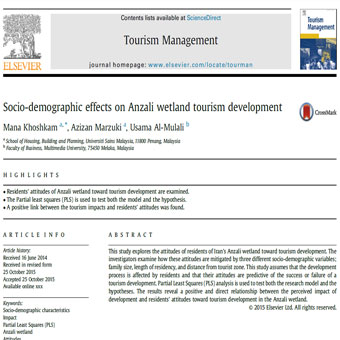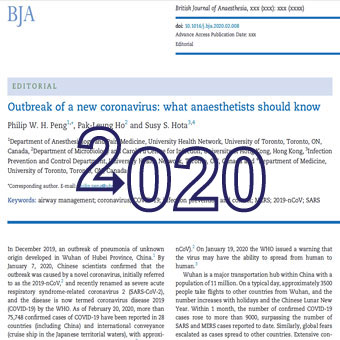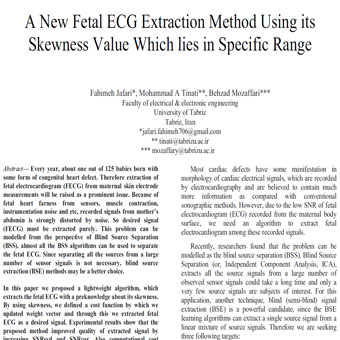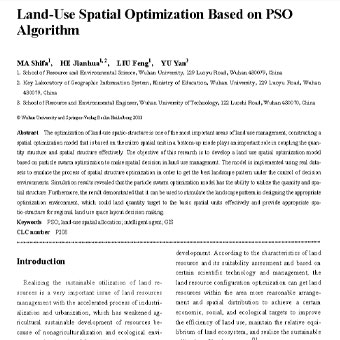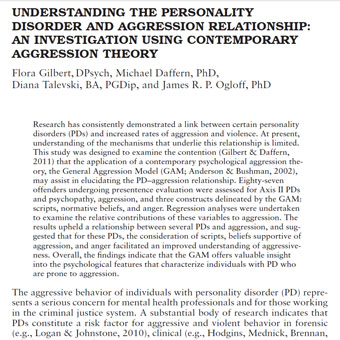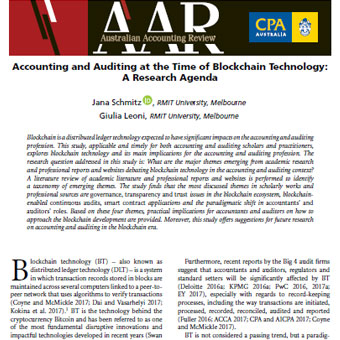عنوان فارسی مقاله:ارزیابی تاب آوری سیستم های شهری به بلایای طبیعی: مرور منابع
چکیده
به موازات افزایش فراوانی بلایای طبیعی، توجه روز افزونی به تاب اوری شهری و ارزیابی می شود. تجربه ی بدست امده در رویداد های اخیر( زلزله و سیل) نشان داد که هر دو سطح آمادگی و پاسخ شهر های خسارت دیده بالا است، در حالی که فرایند بهبود، امداد رسانی، طولانی مدت و پر هزینه است. به همین دلیل، اقدامات کاهش اسیب قبل از زلزله و نیز برنامه ریزی و طراحی شهری هوشمند و استراتژیک در مناطق در معرض خطر ضروری است. برای این منظور ، یک بررسی منابع موجود در رابطه با ارزیابی جامع از تاب آوری سیستم شهری در برابر بلایای طبیعی ، با تأکید بر تأثیر زلزله زدگان ، انجام شده است. هدف اصلی از این بررسی سعی در تعیین چگونگی ارزیابی بهتر مقاومت در برابر سیستمهای شهری به عنوان یک کل با در نظر گرفتن کلیه مؤلفه های آنها ، یعنی هر دو بخش فیزیکی (یعنی ساختمانها ، زیرساختها و فضاهای باز) و مؤلفه های اجتماعی (یعنی جامعه) و همچنین تعامل پویا بین آنها. علاوه بر در نظر گرفتن شاخص های متداول اندازه گیری شده (به عنوان مثال تعیین دامنه خسارت ساختاری واقعی ناشی از زلزله) ، مقاله سعی می کند تا با استفاده از یک روش ارزیابی کمی ، بحث را به برخی از شاخص هایی که معمولاً مورد توجه قرار نمی گیرند ، گسترش دهد. بر اساس نتایج حاصل از بررسی ادبیات جدید توصیف شده ، یک ایده اولیه که می تواند برای ارزیابی مقاومت تابشی لرزه ای سیستمهای پیچیده شهری با در نظر گرفتن کلیه مؤلفه های شهری که به عنوان تأثیر مهمی در مورد دوم شناخته شده اند ، مورد استفاده قرار می گیرد. این مفهوم از سه بخش مختلف تشکیل شده است: (الف) تجزیه و تحلیل شکننده احتمالی برای هر عنصر فیزیکی فردی (یعنی یک ساختمان یا یک عنصر زیرساختی) ، (ب) یک روش شاخص ترکیبی برای اندازه گیری مقاومت در برابر فاجعه جامعه ، و (پ) الف. رویکرد شبکه پیچیده (تئوری گراف) برای ارزیابی مقاومت از سیستم های شهری به عنوان یک کل. از آنجایی که در منابع موجود ، کمبود فضای شهری در نظر گرفته نشده است که می تواند در روند بازیابی نقش بسزایی داشته باشد ، پیشنهاد می شود در تحقیقات بعدی ارزیابی مقاومت لرزه ای ، چنین فضای باز مورد توجه قرار گیرد. ، و این که یک مطالعه عمیق از استراتژی های بازیابی ممکن انجام شود(ارزیابی سیستمهای شهری به بلایای طبیعی).
دانلود جدیدترین مقالات ترجمه شده مهندسی
- لینک دانلود فایل بلافاصله بعد از پرداخت وجه به نمایش در خواهد آمد.
- همچنین لینک دانلود به ایمیل شما ارسال خواهد شد به همین دلیل ایمیل خود را به دقت وارد نمایید.
- ممکن است ایمیل ارسالی به پوشه اسپم یا Bulk ایمیل شما ارسال شده باشد.
- در صورتی که به هر دلیلی موفق به دانلود فایل مورد نظر نشدید با ما تماس بگیرید.
 متن به فارسی | ترجمه مقالات و متون علمی | ترجمه و دانلود مقالات و انواع متون علمی و ادبی و پذیرش سفارش ترجمه
متن به فارسی | ترجمه مقالات و متون علمی | ترجمه و دانلود مقالات و انواع متون علمی و ادبی و پذیرش سفارش ترجمه
